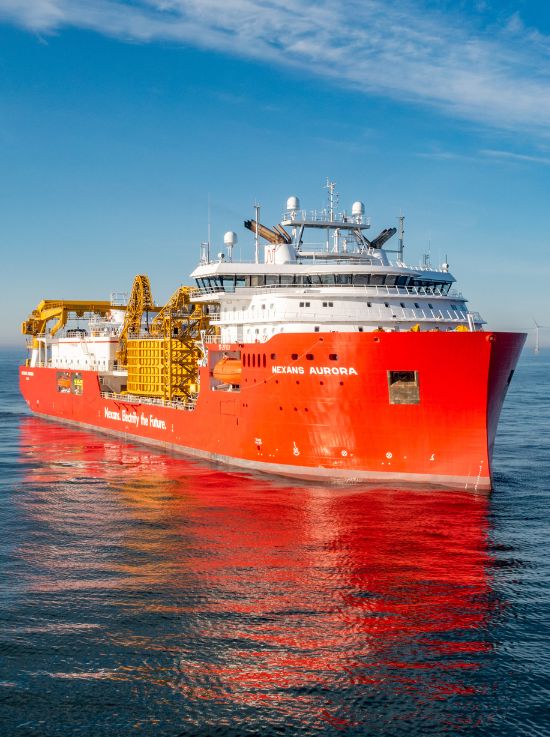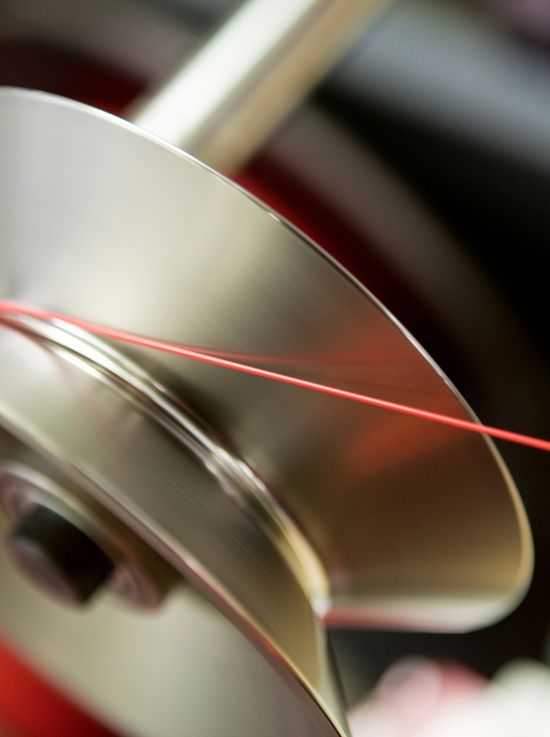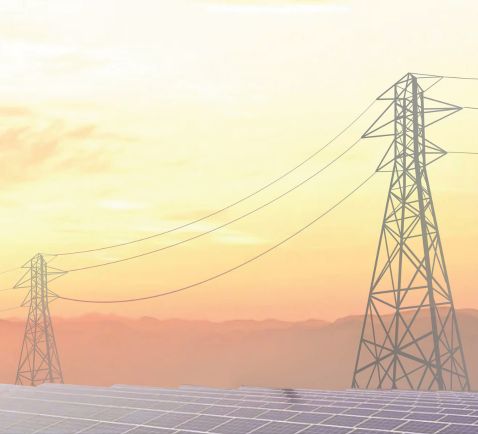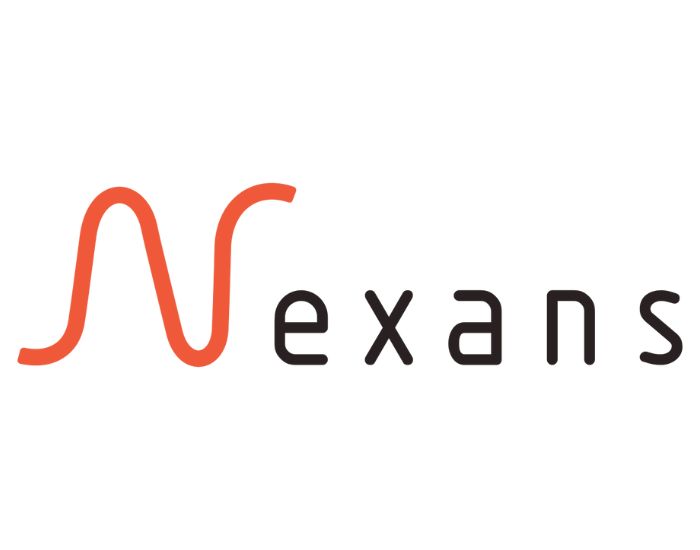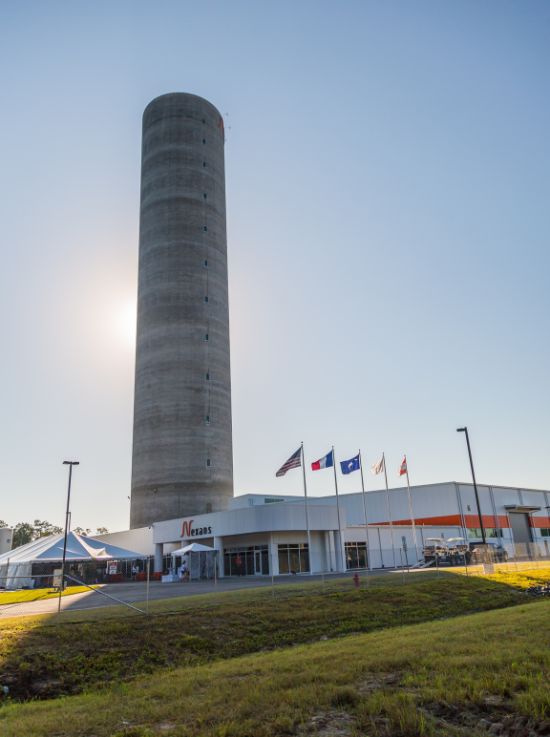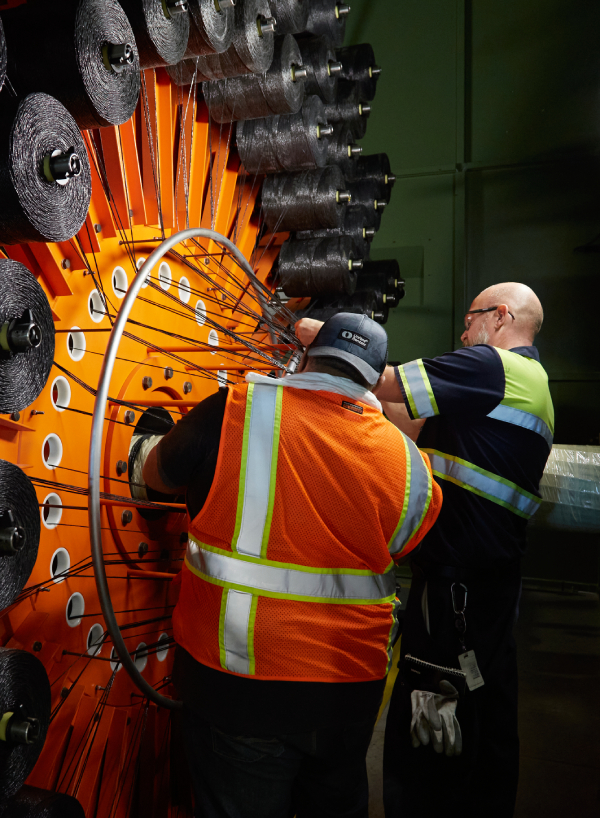Electrification: an unbroken thread through our history
The term ‘electricity’ comes from the Greek word ‘elektron’ meaning amber, since it was the ancient Greeks who discovered that amber could produce an electric charge. However, it was only in 1879 that Edison made the discovery that lit up the world. Edison’s invention created a wealth of new opportunities for modern civilization, with our Group making a major contribution to the availability of electricity worldwide. But our role in history doesn’t stop there. Responding to the challenges raised by the energy transition, we are leading the way towards an all-electric future, where cables will be in constantly growing demand.
Our journey in pictures
See how our Group history is linked to the history of electricity. Through our projects and pioneering innovations, we are helping to extend electricity networks worldwide. Building on over 120 years of expertise in electrification, our employees support both energy players and communities. With the energy transition now underway, we have an even more important role to play in building an all-electric future.
Our Group through the decades
The history of our Group is shaped around four key milestones, through which we have made our mark on the history of electricity.
1879 – 1979: Over a century that saw many major breakthroughs, we become a pioneer in electrification
- 1879: Thomas Edison files a patent application for the first long-lasting incandescent light bulb. This is also the year in which Nexans is founded.
Under the name Berthoud, Borel et Cie, Swiss engineer François Borel and businessman Édouard Berthoud develop a watertight electrical cable, wrapped in bitumen paper and sheathed in lead. They set up the Société d’Exploitation des Câbles Électriques (SCE) to market their revolutionary design to emerging industries such as telecommunications and electric power.
- 1897: La Compagnie Générale d’Électricité (CGE) takes a majority stake in SCE, already established as a leader in France’s booming electricity sector, with activities spanning power generation and distribution, as well as manufacturing.
- 1917: CGE’s cable manufacturing business is renamed Compagnie Générale des Câbles (CGC) de Lyon.
- 1925: CGC merges with CGE. Câbles de Lyon becomes a division of CGE.
- 1969: CGE acquires Alcatel, the two companies merge to form CIT-Alcatel, developing the business of Câbles de Lyon.
1979 – 1998: The starting point of two decades of international growth
Europe
1980
founding of a subsidiary in Greece
and acquisition of Chandris Cables
North America
1981
acquisition of a stake in Chester Cables
in the U.S.
Europe
1982
acquisition of Kabel-und-Metallwerke
in Germany
Europe
1986
acquisition of Tréfilerie et Laminoir de la Méditerranée,
as well as Câbleries de Charleroi in Belgium
Europe
1988
acquisition of Thomson Cuivre and
Société Nouvelle de Câblerie Barelec in France,
Manouili Hellas Cables in Greece and
Manuli Cavi in Italy
Europe
1989
acquisition of Câbleries de Dour
in Belgium
North America
1990
building of new fiber optic cable plant in the U.S.
Americas
1991
acquisition of Canada Wire and Cable,
which takes us into the NA market and
provides an entry into the South American market
Europe
1991
acquisition of Vacha Kabel, Lacroix & Kress,
Ehlerskabelwerk and AEG Kabel in Germany
and Erkablo in Turkey
North America
1993
acquisition of Berk-Tek Inc. in the U.S.
Europe
1994
acquisition of Cortaillod-Cossonay
in Switzerland
Asia
1998
acquisition of the North American and
Portuguese subsidiaries of Japan’s
Optec Dai-Ichi Denko Co.
2000s: Nexans comes into being
- 2000: The Group is renamed Nexans.
- 2001: Nexans is successfully listed on the Paris stock exchange and SBF 120. Acquisition of Daesung in South Korea.
- 2002: acquisition of Petri in Germany and agreement to acquire another Korean company, Kukdong Electrical Wires Company.
- 2006: Nexans acquisition of Olex in Australia, in line with its strategy of development in the Asia-Pacific region. This takes the Group into Oceania.
- 2008: Suez and Nexans create RecyCâbles, a joint venture set up to collect, process and recycle cables. RecyCâbles quickly becomes France’s leading recycler of cables and non-ferrous metals.
- 2012: acquisition of AmerCable in the United States and Shandong Yanggu Cable Group in China.
- 2013: Nexans signs the United Nations Global Compact and sets up the Fondation Nexans. It thereby becomes the first company in its sector to create a corporate foundation supporting initiatives to deliver energy to disadvantaged communities all over the world.
From 2018: Change is in the air at Nexans
- 2018: Christopher Guérin is appointed CEO. He rolls out New Nexans 2019-2021, a plan to transform the company’s value creation model by prioritizing value over volumes. A new management team to oversee a new strategic roadmap in which the company refocuses on its core business: electrification.
- 2019: Jean Mouton is appointed Chair of the Board of Directors.
- 2020: Nexans reaffirms its commitment to limiting global warming and contributing to carbon neutrality by 2030. In November, the Group consolidates its environmental commitments by holding its first Climate Day, bringing together experts from different backgrounds.
2021
Opening of the Charleston site, the USA’s only high-voltage subsea cable plant.
Inauguration of Nexans Aurora, the world’s most sophisticated cable-laying vessel.
Find out more about the CLV Nexans Aurora
2022
- Nexans rolls out E3 at all its sites. This unique management model balances business performance with environmental responsibility, and employee engagement.
- Acquisition of Centelsa in Latin America, specializing in the construction and utilities markets.
- Consolidation of the innovation program with the founding of a Design Lab in Cali, Colombia, dedicated to innovation and based on the experience and needs of Latin American customers.
- Inauguration of AmpaCity, a global research and innovation center dedicated to low-carbon electrification, located in Lyon, France.
- Nexans’ ambitious climate targets for 2030 are validated by the SBTi (Science Based Targets initiative), illustrating the Group’s commitment to decarbonization.
2023
- The Group wins a record-breaking contract for the Great Sea Interconnector.
- Acquisition of Reka Cables. With this operation, the Group consolidates its position in Nordic countries, particularly in electricity distribution and usage.
- Sale of the Telecom Systems business. This transaction marks the final stage in the Group’s withdrawal from the telecoms and data sector, in line with its strategy to streamline its activities and increase its impact on electrification markets.
Learning from the past to build tomorrow’s world
By refocusing on what we do best, we can build on our expertise to meet the challenges involved in creating a new all-electric world.
Since our founding, we have sought to deliver services tailored to the changing needs of society. Today, in response to climate change, we are once again changing the way we do things, the way we work and the way we generate profit. And we are ready for this. Adapting to needs and planning ahead to solve complex problems is part of who we are.
For over a century, we have demonstrated a unique ability to take on major challenges. And we will continue to do so.

